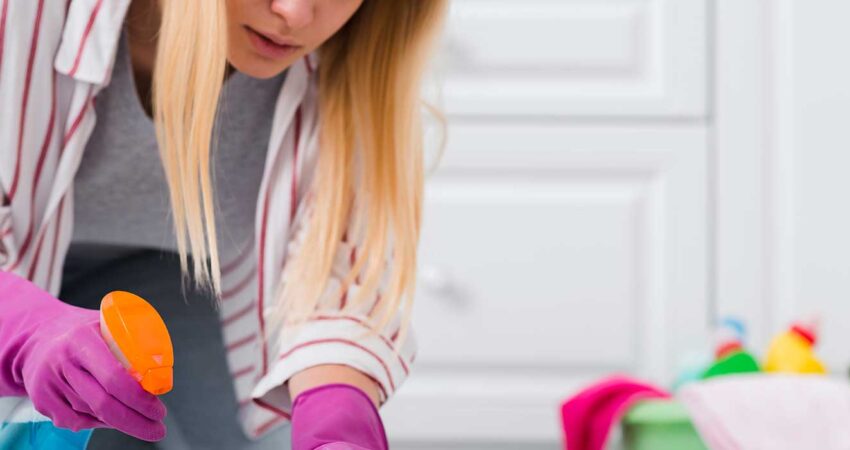Secrets to Spotless Glass Shower Doors (and the Shower Curtain Debate)
Glass shower doors are like that one friend who looks amazing—until they’re under harsh light. The combination of hard water stains, soap scum, and stubborn mineral buildup can make even the cleanest bathrooms look a little grimy. But don’t worry, with a few simple tricks, you can keep your shower doors sparkling like new. Plus, as a bonus, we’ll settle (or at least stir up) the great shower curtain debate: wash or replace?
Secrets to Spotless Glass Shower Doors
- The Vinegar and Dish Soap Magic Mix
This dynamic duo is your best friend when tackling glass buildup. Mix equal parts white vinegar and dish soap in a spray bottle. Spray generously on the doors and let it sit for 15 minutes. Then, scrub lightly with a non-scratch sponge and rinse with warm water.
Why it works: Vinegar breaks down mineral deposits, and dish soap cuts through grease and soap scum. Together, they’re unstoppable. - Lemon Fresh Scrub
If you prefer a citrusy approach, cut a lemon in half, sprinkle some baking soda on the cut side, and scrub the glass directly. The natural acidity of the lemon dissolves grime, while the baking soda provides gentle abrasiveness. Rinse and admire the shine! - Rain Repellent for Prevention
Once you’ve cleaned the glass, keep it that way longer by applying a car windshield rain repellent (yes, you read that right). A thin layer will repel water and prevent mineral deposits from clinging. Reapply every couple of weeks for best results.
Takeaways
Dish soap and vinegar: Why it works: Vinegar breaks down mineral deposits, and dish soap cuts through grease and soap scum. Together, they’re unstoppable.
Once you get glass and chrome clean, products like Rainex rain repellant provides a invisible barrier between your chrome and those pesky mineral deposits.
Spotless shower doors look great. Shiny Sparkles Cleaning has the answer to all your shower door woes. Forgive the corny shameless plug.

The Shower Curtain Showdown: Wash or Replace?
Ah, shower curtains—the unsung heroes of bathrooms. They protect your floors, add a splash of color, and silently absorb a whole lot of grime. But what happens when they start looking a little worse for wear? Should you toss them out or give them a spa day? Let’s break it down.
- Team Wash
Washing your shower curtain can save you money and reduce waste. Most fabric or plastic liners can go in the washing machine on a gentle cycle with warm water, detergent, and a cup of white vinegar. Toss in a couple of towels to help scrub off mildew, then hang it back up to air dry. Easy and eco-friendly!Pro tip: Avoid the dryer—it can warp plastic liners and shrink fabric ones. - Team Replace
If the curtain is beyond redemption (think funky smells or stubborn mildew stains), replacing might be the way to go. Opt for a mildew-resistant liner to keep things fresher longer, and consider recycling the old one. Some hardware stores and recycling centers accept plastic curtains.Bottom line: Wash if you can, replace if you must. And if you’re still undecided, remember this: nothing beats the feeling of stepping into a bathroom with a fresh, new curtain.
Whether you’re battling buildup on shower doors or making tough curtain decisions, keeping your bathroom clean doesn’t have to be a chore. Armed with these tips, you’ll have a gleaming, fresh-smelling bathroom in no time—and maybe even a little extra time to enjoy a long, luxurious shower. You’ve earned it! 🚿✨

